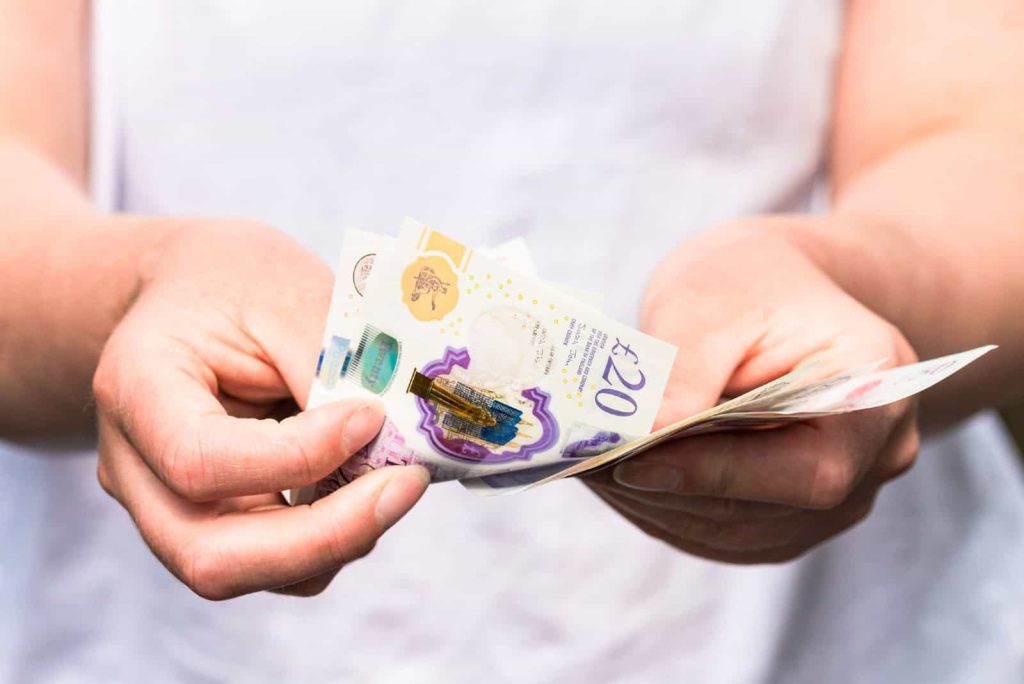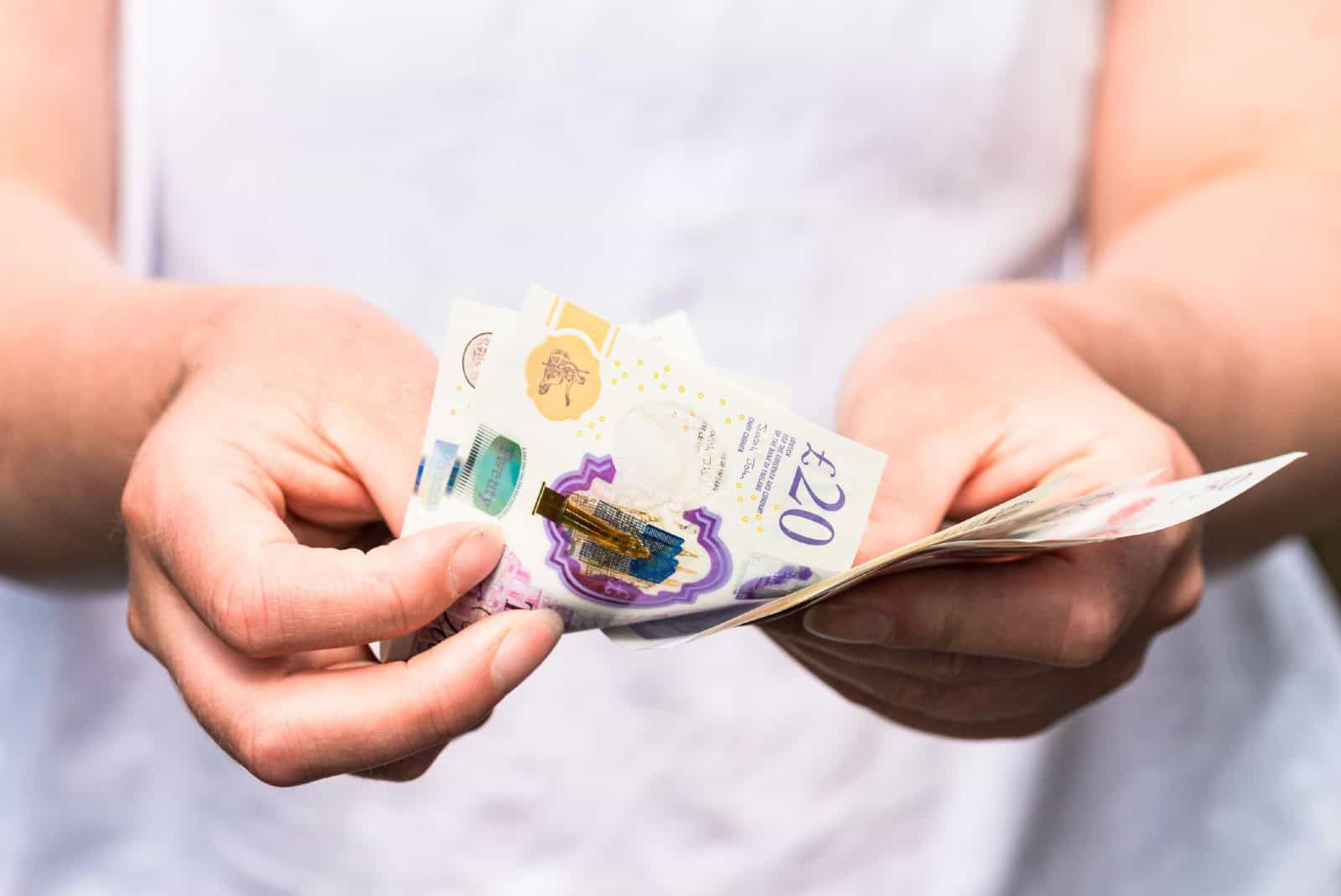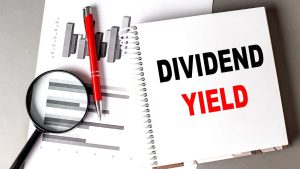I slashed my monthly expenses by £300 to help me aim for a steady second income stream of £20k


Several years ago I realised I would need to build a second income stream before retirement. I had calculated that my basic pension simply wouldn’t be enough to keep me happy, so I planned to start investing.
However, after bills and expenses, the remnants of my salary weren’t sufficient to make meaningful contributions. To reach my goal, I’d need to get serious about saving enough each month
I soon found that with just a few tweaks to my spending, I had enough to meet my goals. I cancelled a few subscriptions, ate out less and cut out a few unnecessary luxuries. This extra income provided enough to invest around £300 a month into the stock market. So I devised a strategy to target a dividend income worth £20,000 a year.
Here’s how…
Harnessing compounding returns
The trick to building an income stream from dividends is founded within the miracle of compounding returns. By reinvesting the regular payments, the pot grows over time, paying increasingly more dividends with each cycle.
The second trick is to invest via a Self-Invested Personal Pension (SIPP) or Stocks and Share ISA, thereby benefiting from government tax relief on the capital gains.
Please note that tax treatment depends on the individual circumstances of each client and may be subject to change in future. The content in this article is provided for information purposes only. It is not intended to be, neither does it constitute, any form of tax advice. Readers are responsible for carrying out their own due diligence and for obtaining professional advice before making any investment decisions.
Take the following example:
Consider a portfolio of diversified stocks with an average 6% yield and annual growth of around 2%. That’s a realistic goal for UK investors to aim for by choosing the right stocks.
I already have £10k in savings and will add £300 each month for the next 30 years. That could build the portfolio to around £592,000, estimating average price appreciation of around 4% based on market averages. Assuming the 6% yield held, that pot would pay out almost £20,000 a year in dividends – without reducing the principal amount!
Sounds simple enough — but the third trick’s choosing the right stocks.
Reliable dividend stocks
When selecting dividend stocks for an ISA, several key factors should be considered. The yield’s just the start — equally important are the payout ratio, debt levels, profitability and the company’s general direction.
One example that investors may want to consider is HSBC (LSE: HSBA), the largest bank in the UK. With a £154.6bn market-cap, it’s adequately profitable, achieving a net margin of 13.9% and a return on equity (ROE) of 11%. The share price has steadily increased 134% in the past five years.
It’s a popular choice among income investors, typically maintaining a dividend yield of around 6% or more. And with a payout ratio of 60%, payments are sufficiently covered by earnings.
However, with a heavy reliance on Asia, its earnings are vulnerable to economic slowdowns in the region and geopolitical tensions. As a global bank, it also faces complex regulatory requirements and has a history of compliance issues, leaving it exposed to future fines or tighter oversight. Interest rate changes are another risk, threatening lending margins and loan demand.
Still, with over 20 years’ continuous dividend payments, I think it makes a solid addition to a diversified income portfolio. In combination with several other high-yield dividend stocks, HSBC forms a core part of my second income strategy.
The post I slashed my monthly expenses by £300 to help me aim for a steady second income stream of £20k appeared first on The Motley Fool UK.
But here’s another bargain investment that looks absurdly dirt-cheap:
Like buying £1 for 31p
This seems ridiculous, but we almost never see shares looking this cheap. Yet this Share Advisor pick has a price/book ratio of 0.31. In plain English, this means that investors effectively get in on a business that holds £1 of assets for every 31p they invest!
Of course, this is the stock market where money is always at risk — these valuations can change and there are no guarantees. But some risks are a LOT more interesting than others, and at The Motley Fool we believe this company is amongst them.
What’s more, it currently boasts a stellar dividend yield of around 10%, and right now it’s possible for investors to jump aboard at near-historic lows. Want to get the name for yourself?
More reading
- 2 top dividend stocks to consider for passive income and growth in July
- £20,000 in a Stocks and Shares ISA? Here’s how to target top passive income
- Here’s the FTSE 100 share and the ETF I bought for my SIPP in June!
- These 3 shares form the core of my passive income portfolio
- Prediction: in 12 months the sizzling HSBC share price could turn £10,000 into…
HSBC Holdings is an advertising partner of Motley Fool Money. Mark Hartley has positions in HSBC Holdings. The Motley Fool UK has recommended HSBC Holdings. Views expressed on the companies mentioned in this article are those of the writer and therefore may differ from the official recommendations we make in our subscription services such as Share Advisor, Hidden Winners and Pro. Here at The Motley Fool we believe that considering a diverse range of insights makes us better investors.





